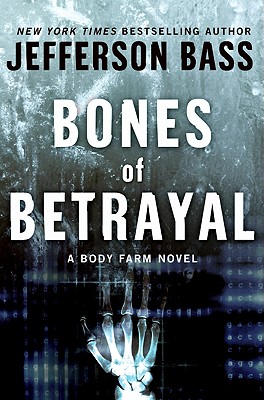
Bones of Betrayal
Let me be the first to admit that history is not always interesting to me. I may or may not have made one of my poorest high school grades (and my only C in my entire high school career) in American History... Yes, that's sad. I love to read and to learn, but usually not things about history. Tennessee history is a bit different. I'm still never going to be a scholar in any kind of history, even of my home state. But there are bits that I find interesting, and the author team of Dr. William Bass and journalist Jon Jefferson wrote about just such a piece of history.
In Bones of Betrayal
 Photograph of an Oak Ridge/ Manhattan Project billboard cautioning
Photograph of an Oak Ridge/ Manhattan Project billboard cautioningworkers to keep their work to themselves, thus furthering secrecy.
Bass includes a note at the novel's end delineating fact from fiction in the book. While the novel's main players and scenarios are fictional, Bass includes many historically accurate details of place and people.
For more reading on the history of Oak Ridge and the Manhattan Project, see the following resources online:
- Wikipedia article on the Manhattan Project
- Official U.S. Department of Energy's The Manhattan Project: An Interactive History
- AtomicArchive.com's The Manhattan Project: Making the Atomic Bomb
- Official City of Oak Ridge Website, "About Oak Ridge"
- New York Times article "Why They Called It the Manhattan Project"
- Non-profit The Atomic Heritage Foundation's Oak Ridge Site
- Official Oak Ridge Convention and Visitors Bureau History of Oak Ridge
- The Secret City historical photograph collection on Flickr.com

No comments:
Post a Comment